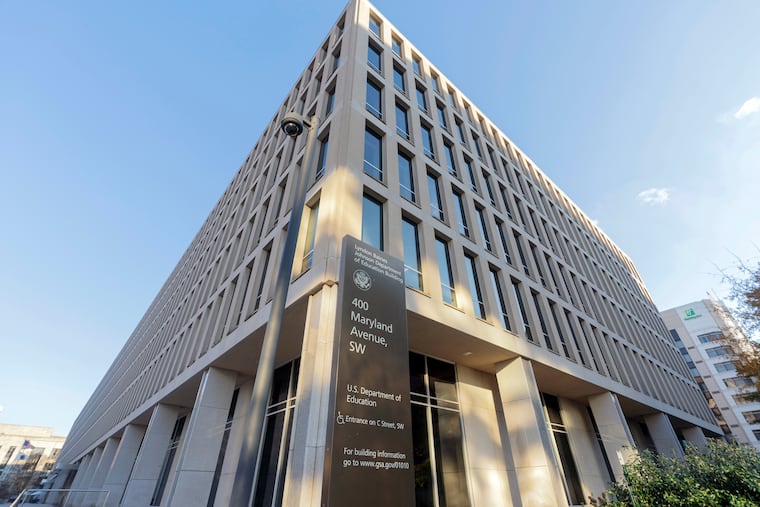Education Department will start referring defaulted student loans to debt collectors.
The U.S. Department of Education has announced plans to resume the collection of defaulted federal student loans starting next month. In an effort to reinstate financial responsibility, the department indicated that wage garnishment and other measures could affect millions of borrowers. Currently, approximately 5.3 million borrowers face default on their federal student loans, a significant policy shift reflecting the end of the accommodations implemented during the COVID-19 pandemic.
This announcement, which follows a lengthy pause in federal student loan collections initiated in March 2020, follows months of policy changes and attempts at broad student loan forgiveness efforts under the Biden administration, many of which have faced legal challenges. Education Secretary Linda McMahon emphasized that taxpayers should not bear the burden of non-repayment among borrowers with defaulted loans.
Beginning May 5, the Education Department will initiate involuntary collection through the Treasury Department’s offset program. This program permits the withholding of government payments, including tax refunds and federal salaries, to satisfy past-due debts owed to the government. Additionally, after a 30-day notice period, the department will begin garnishing wages for those borrowers in default.
While the Education Department positions this move as a step toward fiscal responsibility, it has drawn sharp criticism from various advocacy groups. Critics argue that the resumption of collections comes at a time when borrowers are already adjusting to the reinstatement of loan payments after an extended hiatus, creating unnecessary financial strain on countless families across the nation. Advocates assert that many individuals currently in default may simply lack the resources or information needed to manage their loan payments effectively.
Notably, of the total student loan borrowers, around 4 million individuals are reported as being 91 to 180 days past due on their payments, highlighting the precarious financial situation facing a significant proportion of borrowers. Furthermore, less than 40% of all borrowers are current on their student loans, indicating a broader challenge within the system.
The return of collection efforts also follows contentious developments concerning income-driven repayment plans. Questions arose earlier this year after a court ruling obstructed some Biden-era initiatives, causing confusion among borrowers. The Education Department has faced scrutiny for its staffing shortages, which have hindered the ability of students to obtain necessary guidance regarding their loan repayments.
This complex landscape leaves many borrowers uncertain about their financial futures as they are called to resume payments. Experts suggest that those in default may consider entering loan rehabilitation programs, which allow them to work with loan servicers to establish manageable payment plans. However, this program can only be utilized once, adding another layer of complexity for those struggling to maintain compliance.
Secretary McMahon has framed the department’s approach as a move toward responsible stewardship of the student loan program, asserting that the resumption of collections is crucial to the economic well-being of both borrowers and the nation. As these changes take effect, the consequences for millions of borrowers will be closely monitored, given the substantial financial and social implications that accompany the resumption of federal student loan collections.
Media News Source






